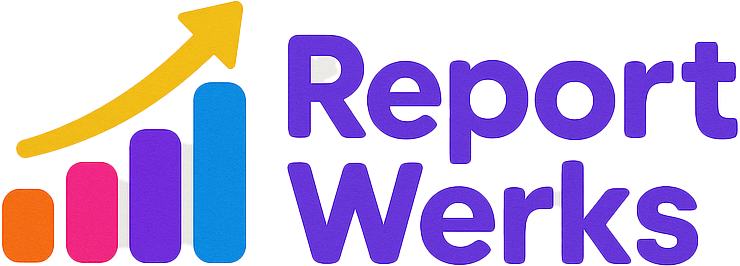Introduction: The Power of Digital Fundraising and the Need for Effective ROI Reporting
In today’s digital-first world, non-profits are increasingly turning to platforms like Facebook to reach new donors, engage existing supporters, and boost fundraising efforts. With vast audiences and sophisticated targeting options, Facebook Ads offer a powerful channel for non-profit organizations aiming to maximize their fundraising ROI. However, harnessing this potential requires a strategic approach to ad management, donor engagement, and performance measurement. As the non-profit sector faces mounting competition for attention and dollars, understanding how to optimize Facebook ad campaigns and accurately report their impact is more critical than ever.
Understanding the Significance of ROI in Non-Profit Fundraising
Return on Investment (ROI) isn’t just a financial metric; in the non-profit world, it reflects the effectiveness of your campaign in converting digital engagement into meaningful support. Accurate ROI reporting helps organizations justify ad spend, refine strategies, and demonstrate impact to stakeholders. With the proliferation of digital advertising, non-profits must adopt innovative tools and practices to track performance, analyze data, and optimize campaigns for better results.
Best Practices for Maximizing ROI from Facebook Ads
1. Define Clear Objectives and KPIs
Start with specific, measurable goals—whether it’s increasing donor sign-ups, boosting event registrations, or raising awareness. Establish Key Performance Indicators (KPIs) such as click-through rates, conversion rates, cost per acquisition, and lifetime donor value. Clear objectives ensure your campaigns are focused and your ROI calculations are meaningful.
2. Segment and Target Your Audience Effectively
Leverage Facebook’s advanced targeting options to reach different donor segments. Use custom audiences based on previous engagement, lookalike audiences to find new supporters, and demographic filters to tailor messaging. Precise targeting reduces ad spend waste and improves conversion rates, directly impacting ROI.
3. Craft Compelling, Audience-Centric Content
Develop engaging ad creatives that resonate with your target audience’s values and interests. Use storytelling, impactful visuals, and clear calls-to-action. Testing different ad formats—such as videos, carousel ads, and lead forms—can help identify what drives the best results.
4. Utilize Fundraising Analytics and Automation Tools
Integrate your Facebook campaigns with robust analytics platforms and fundraising SaaS solutions that provide real-time data on campaign performance. Automation tools can optimize bidding strategies, allocate budget dynamically, and streamline reporting, ensuring you get the most out of your ad spend.
5. Measure and Report Impact Using Innovative Metrics
Move beyond vanity metrics; focus on conversion-based metrics such as actual donations, recurring support, and engagement quality. Incorporate multi-touch attribution models to understand the customer journey and identify the most effective touchpoints. Regularly review data to refine your campaigns and improve ROI over time.
Emerging Trends and Success Stories
Recent success stories highlight how non-profits are leveraging AI-driven analytics and machine learning to predict donor behavior and personalize ad experiences. For instance, a community organization used predictive analytics to identify high-potential donors, resulting in a 30% increase in campaign ROI. Staying abreast of industry innovations and adapting your strategies accordingly can provide a competitive edge and enhance your reporting accuracy.
Conclusion: Actionable Steps for Non-Profit Leaders
Maximizing ROI from Facebook Ads requires a combination of strategic planning, targeted messaging, and sophisticated analytics. Non-profit leaders should start by setting clear objectives, investing in the right tools, and continuously analyzing campaign data to inform decisions. Embracing innovative reporting practices and emerging technologies will enable your organization to demonstrate impact effectively, attract more support, and achieve your mission-driven goals.
Next steps include conducting an audit of your current digital campaigns, aligning your team around data-driven KPIs, and exploring integrated SaaS platforms that simplify ROI reporting. By adopting these best practices, your non-profit can fully leverage Facebook’s potential and elevate your fundraising success.
